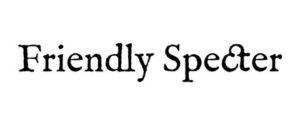Ghost hunters seek to capture an EVP or electronic voice phenomena as a routine part of their ghost hunting investigations. Sometimes, ghost hunters call it a disembodied voice. Multiple theories exist for the source of EVPs, and in fact, they may come from multiple sources. Let’s look at how to record an EVP with this step-by-step guide.
If you want to learn more about what EVPs are, start by reading the article below.
Can ghosts talk? Question answered
Step #1: Buy the Basic Equipment
Now, beginner ghost hunters often resort to pulling out their smartphones to record spirits. I would only recommend this when in a tight corner with nothing else. Phones rarely distinguish true EVPs from background noise, and they will generally produce low-quality audio. You can set a specialized voice recorder to HQ, whereas manufacturers made phones to save on space, and they often sacrifice quality.
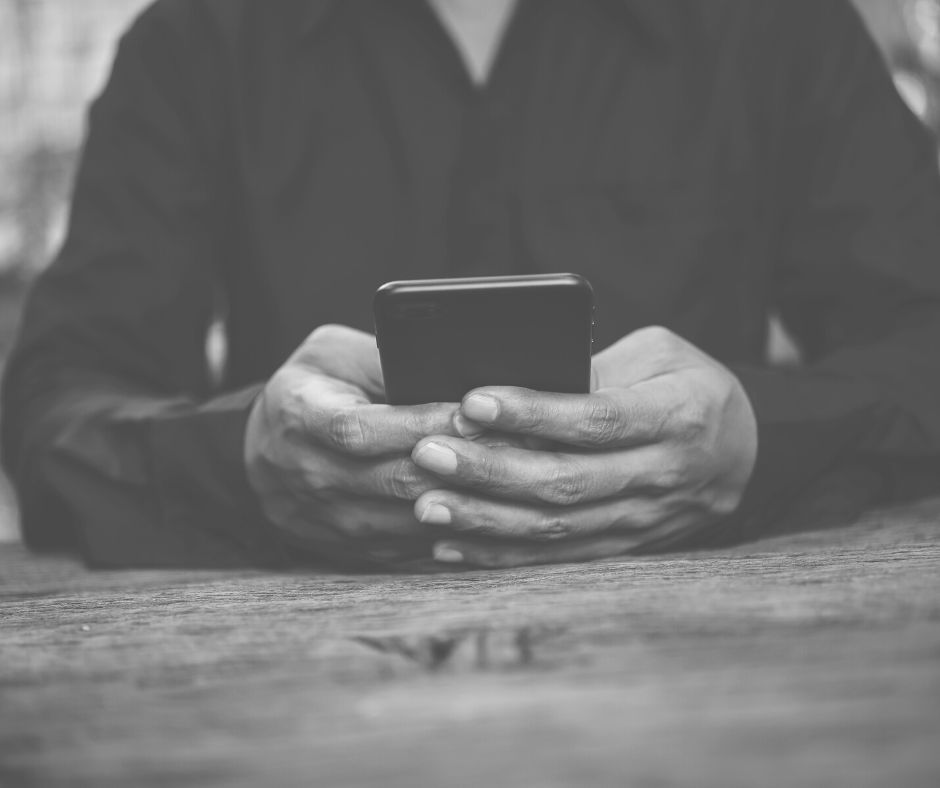
Gather the best evidence possible during an investigation and eliminate the doubt of skeptics. Most ghost hunters buy digital recorders over cassette recorders.
You may want to invest in quality headphones to hear the EVPs better like the Bose QuietComfort 45. Professional ghost hunters use external omnidirectional microphones to record the vibrations.
I use Bose headphones myself, and I love the way that they eliminate sound pollution from the surroundings. I have been using in-ear models, as I have glasses. But since I started using contacts I will get over-ear phones. I heard great things about Sony models as well, but as I haven’t used the brand myself I don’t feel confident suggesting them to you.
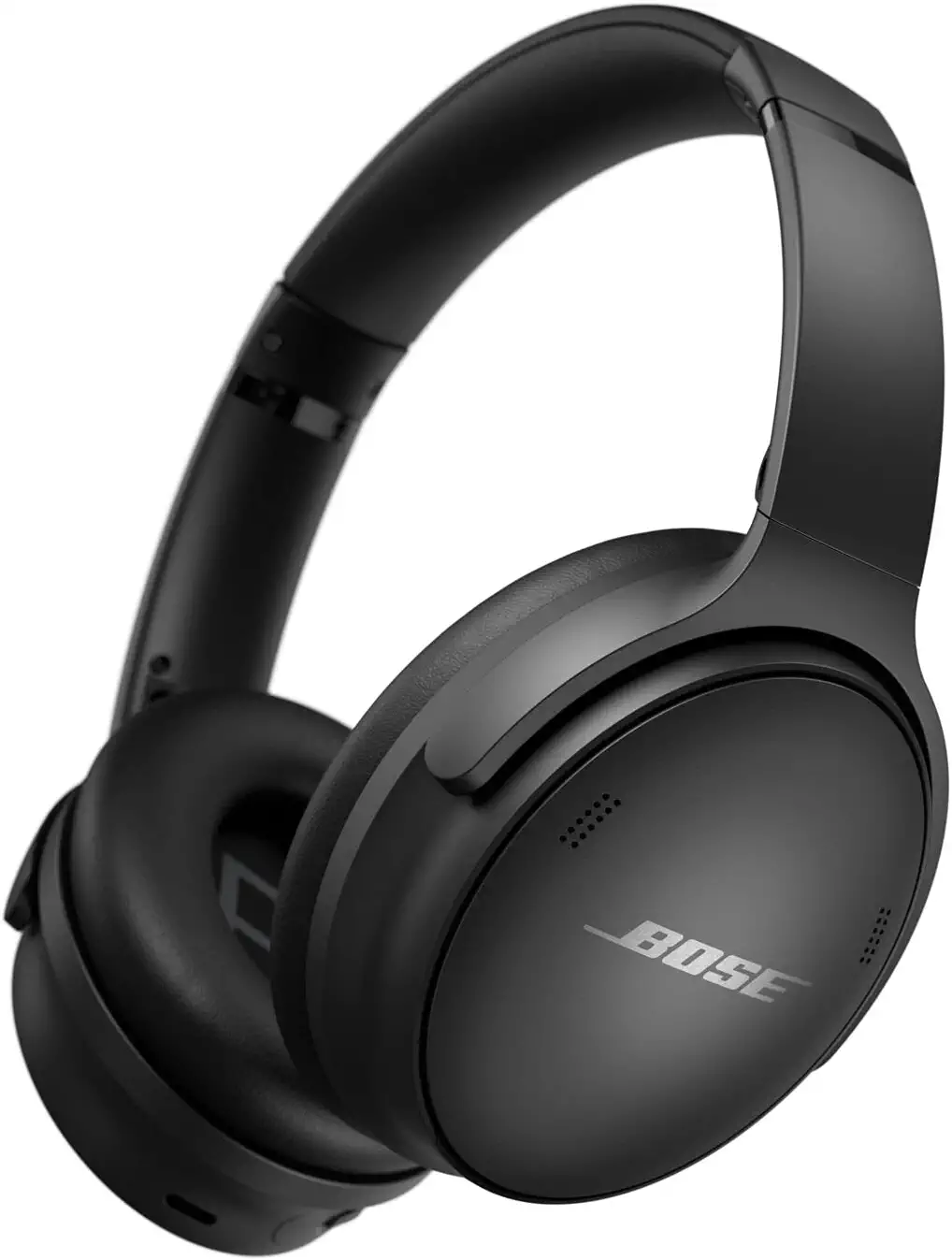
If you use glasses, you might benefit from using an in-ear model. This is the model that I use when I do EVP recordings. They filter background noise and make it easier to pick up on messages during the investigations. I benefited greatly from using them when I was doing research in Kastelholms Slott , where there were lots of noises from birds.
, where there were lots of noises from birds.
I haven’t tried out the Bluetooth version, but I guess it is as good. One thing that comes to mind, is that many ghost hunting gear might get interference with lots of transmissions going on. Therefore I recommend the ones with traditional headphone adapters.
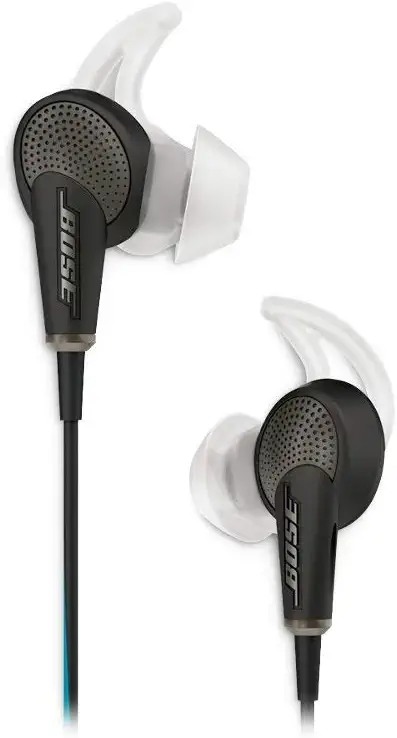
If you go with the model above, remember that most new computers and smartphones only use Bluetooth connection. You need to get the an USB-C adapter for headphones to make it work (affiliate link).
to make it work (affiliate link).
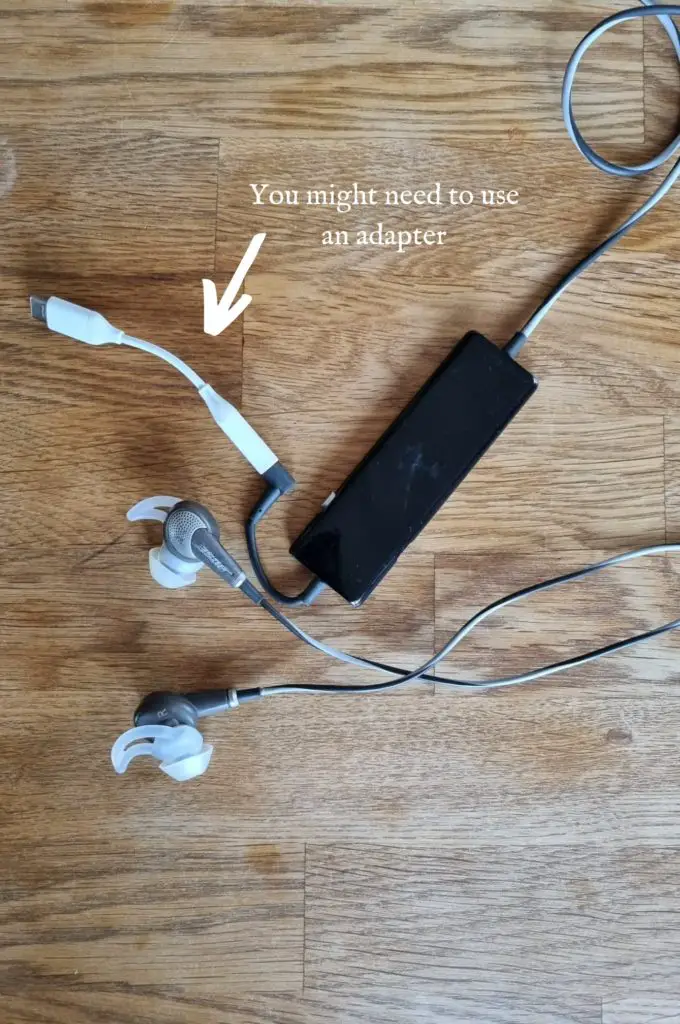
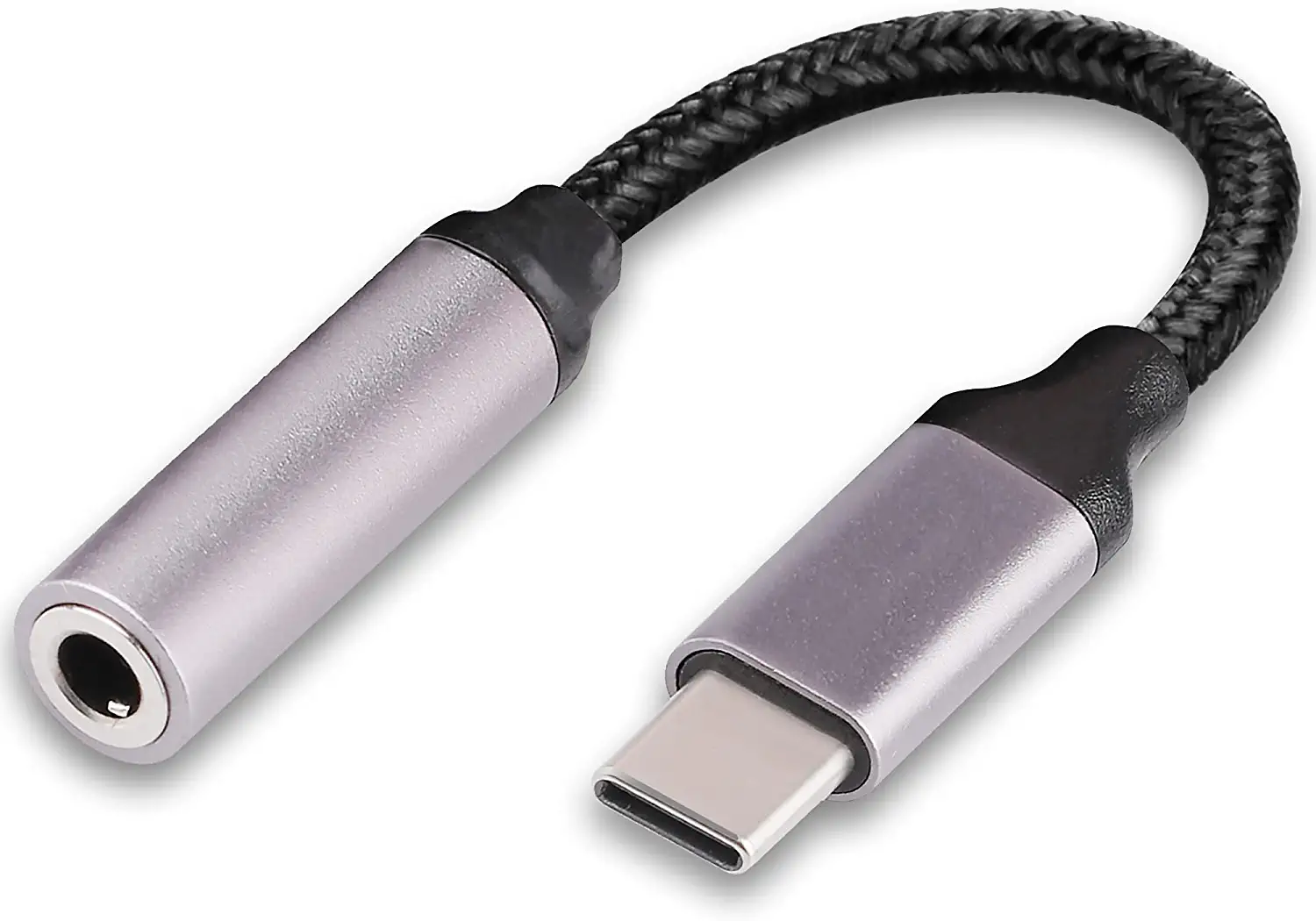
Step #2: Digital Recorder Setup
Look for a recorder that can record in uncompressed formats like PCM or WAV for the best quality. Make sure to set the recorder to it as well. You want uncompressed formats because most EVPs happen beyond the normal hearing range. Compressed recordings like WMA or MP3 don’t record the lower or upper frequencies.
This doesn’t mean that compressed recordings won’t capture EVPs. Instead, you won’t capture as many as you would with uncompressed formats because of restricted frequency levels.
Many recorders won’t allow uncompressed format, and you want to look for that specifically. Look for the Auto Gain Control circuit as well on a recorder. This amplifies even faint whispers to ensure that you identify the source of the noise correctly.
Expert Tip: Before you set out to record EVPs, check to see that you keep a fresh pair of batteries on hand in case the other set dies. This has been known to happen in haunted locations. Many ghost hunters report their equipment mysteriously dying.
Step #3: Set the Right Environment
Background noise from the environment poses the greatest issue with recording authentic EVPs. Wherever possible, close the windows and doors and turn off noisy appliances. You don’t want to think a ghost has contacted you only to have a skeptic dismiss it as the air conditioner. Shut off TVs and computers as well since this can also mislead you.
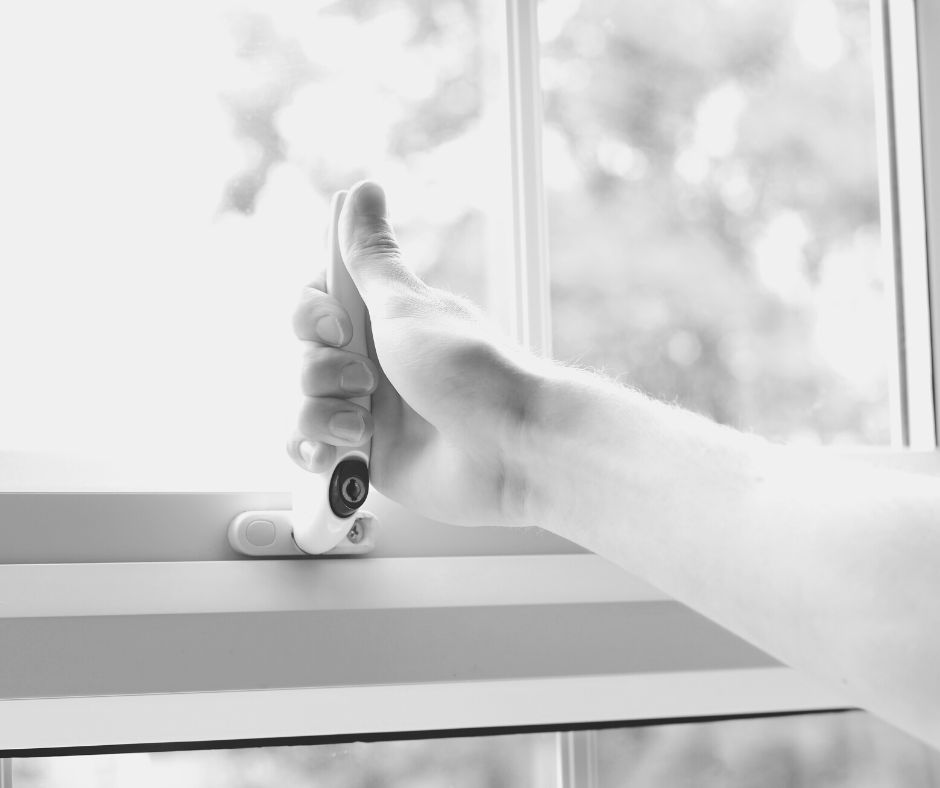
Ghost hunters shouldn’t enter a location with the purpose of proving themselves right. You should seek to prove your preconceived notions wrong since this will give you the strongest evidence. Beware of even moving around too much since it will rustle your clothes and can create false impressions.
Step #4: Turn on the Recorder
Once you set the right environment in place, turn on the recorder. Make sure that it will record your audio in the correct format. After you turned on the recorder, say where you are and the time. Many times, ghost hunters will feel like they don’t want to disturb the peace and whisper.
Speak in a normal tone of voice to ensure that you can hear yourself later. Especially when you hunt at multiple locations, you may struggle to track the places if you can barely hear yourself, which renders the recordings useless.
Step #5: Ask Questions
When you ask questions to the spirits, leave a good amount of time in between questions for ghosts to respond. Some of the most common sounds to indicate ghostly presence include:
- Knocking
- Footsteps
- Disembodied voices
- Objects making noises
In some cases, you won’t hear a spirit talking to you, but you might hear what they said during their life. They call this a residual haunting. In other cases, the spirit may try to communicate directly with you.
Step #6: Comment on Background Noises
EVPs can easily get mixed up with background noise if you don’t comment on it during the recording. For example, if you hear another investigator talking in the other room, comment on it in the recording. Any noise in the environment, such as a passing motorcycle, that you can pinpoint, highlight it to prevent mixing it up later.
Doing this later at night can also make it easier since you deal with less background noise, so you may want to try recording after midnight.
Step #7: How Long to Make a Recording
You usually want to allow for about 10 to 20 minutes for each recording. This may sound counter to what people think, such as making a long one to two-hour recording. I wouldn’t recommend that because you will need to go back and listen to the full hour. Especially if nothing happens, it can feel like a waste of time.
Doing 10 to 20-minute recordings will keep you sharp when listening to the audio. You don’t need to speak the whole time.
Step #8: Listening to the Recording
After the investigation, listen to your recordings to see if you picked up any EVPs. Headphones help you to block out external noises. You usually want to do this with your computer. You can listen to specific segments and keep a written log of all your investigations. Anything that you hear, write it down at the specific time and what it sounds like. You can bring in others (don’t influence their opinion) to say what they think it says.
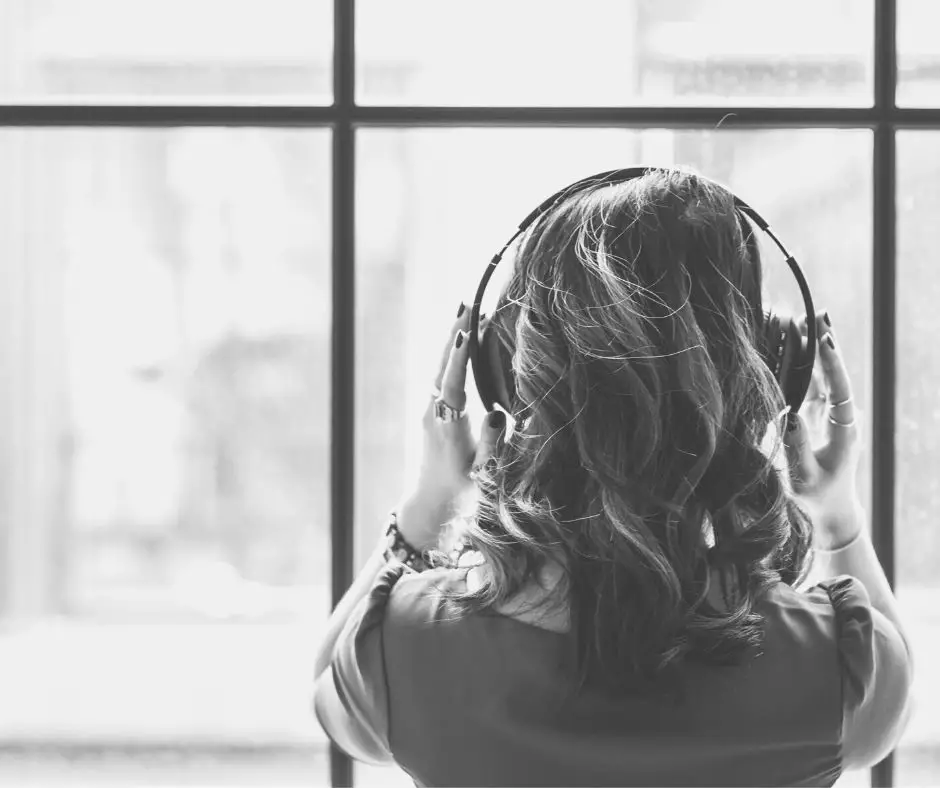
If you want to learn more about how to create the best possible set-up for EVP recordings, please check my article Are EVP recordings real? [Question answered]
Final Thoughts
In some cases, you will hear an EVP in a recording, but you can’t agree with the others on what it said. No one can dispute the sounds recorded in EVPs, but not everyone believes that the noise originates from a ghost. Whether or not it is real, I will leave that up to you to decide, and I hope that you will keep an open mind while investigating. Buy a quality digital recorder as well such as the EVISTR 16GB Digital Recorder for the best results (affiliate link). Happy hunting!
for the best results (affiliate link). Happy hunting!

If you want to learn more about ghostly voices I recommend reading my article Can ghosts talk? Question answered .
.
